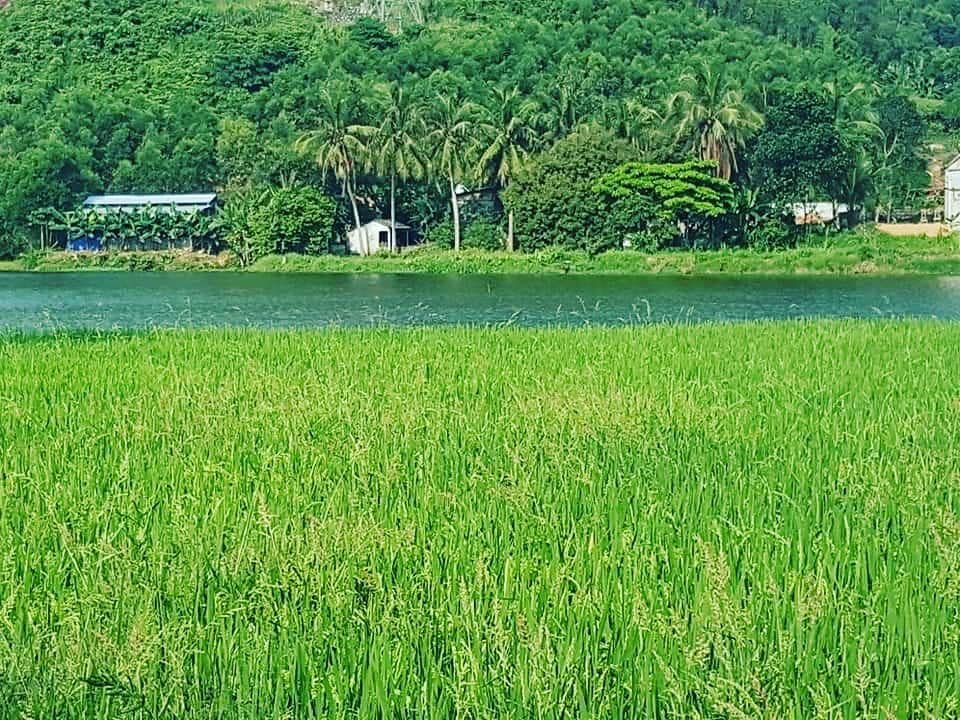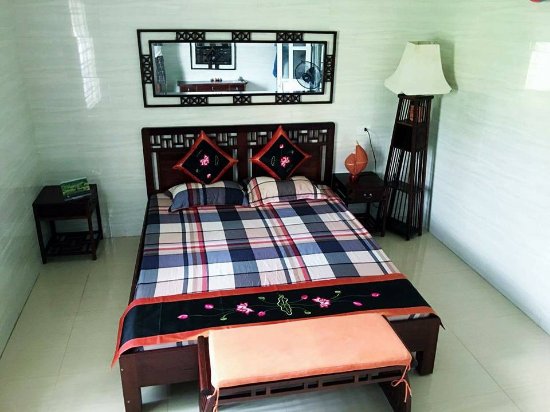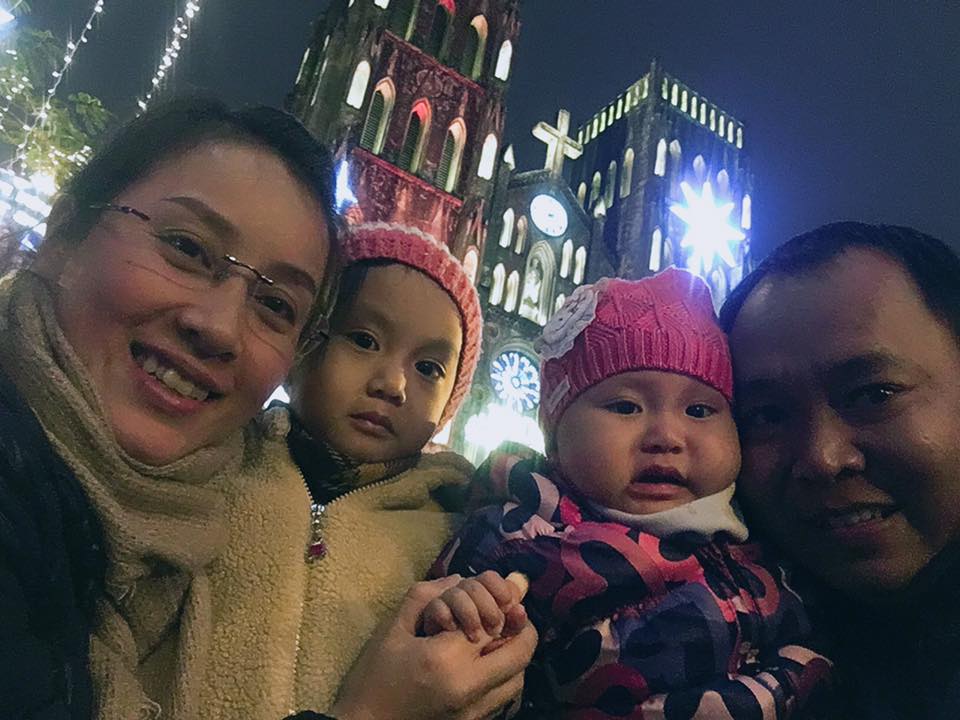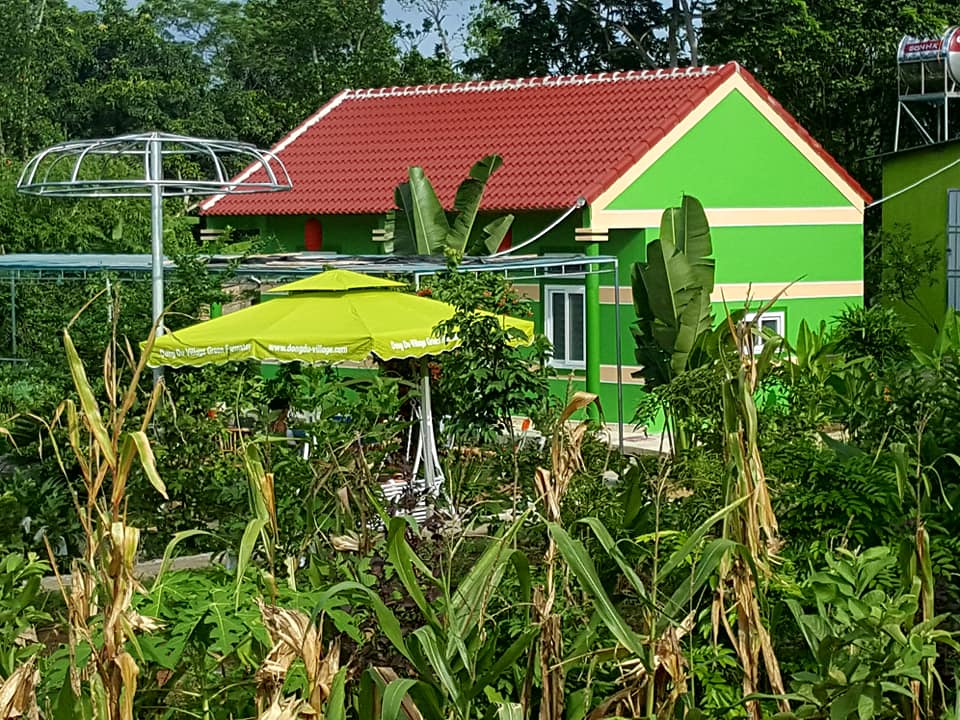Travel Blog
Dong Du Village Lakeside Farmstays
New nature reserve in Nghe An, Vietnam
Updated: 28/6/2018 | 3:54:06 PM
Nghe An Department of Agriculture and Rural Development recently held a ceremony to announce the decision to establish Pu Hoat Nature Reserve. The Nature Reserve covers a total area of more than 90.000ha is one of the remaining areas of biological diversity
There are currently 763 plants in 427 genera, 142 families, and more than 30 species listed in the Red Book of Vietnam; 176 species of vertebrate animals in 4 classes: mammals, birds, reptiles and amphibians in Pu Hoat Nature Reserve. The establishment of Pu Hoat Nature Reserve will contribute to the protection of ecosystems, biodiversity, genetic resources, historic sites, cultural landscapes and forest environment. Up to now, Nghe An has already had 2 nature reserves and one national park, including: Pu Huong Nature Reserve, Pu Hoat Nature Reserve and Pu Mat National Park which are located in the Biosphere Reserve to the West of Nghe An with a total area of 1.303.278ha with a population of 437 822 people in 9 western districts of Nghe An
World Biosphere Reserve in Western Nghe An
The Ministry of Culture, Sport and Tourism and the United Nations Educational, Scientific and Cultural Organization (UNESCO) in Vietnam said that the Nghe An Province People’s Committee and the Pu Mat National Park recently held a ceremony to announce UNESCO’s decision to acknowledge the biosphere reserve in western Nghe An Province as part of the world network of biosphere reserves. This is the sixth among eight Vietnamese world-class biosphere reserves. The Pu Mat National Park is a center of the world biosphere reserve in the west of Nghe An following UNESCO’s recognition in July 2007. The reserve covers 1,303,285ha (the largest in Southeast Asia) and is divided into three zones – the core zone on 191,922ha, the buffer zone on 503,270ha and the transitional zone on 608,093h in nine districts of Ky Son, Tuong Duong, Con Cuong, Thanh Chuong, Quy Hop, Quy Chau, Que Phong, Tan Ky and Anh Son in Nghe An Province. This is a green corridor linking the Pu Mat National Park, the Pu Huong Nature Reserve and the Pu Hoat Nature Reserve with the highest level of bio diversity in Vietnam. The biosphere reserve in the west of Nghe An is also one of three areas in the country home to the largest numbers of Asian elephants. In the reserve there are more than 70 species of flora and 80 species of fauna listed in the Vietnam Red Book and including very rare species. In addition, the reserve offers cultural identities typical of the…
Nghe An’s World Biosphere Reserve Recognized
The United Nations Educational, Scientific and Cultural Organization (UNESCO) recently granted the Nghe An Province People’s Committee a certificate recognizing Vietnam’s sixth world-class biosphere reserve in the west of Nghe An Province, increasing the total UNESCO-recognized biosphere reserves in Vietnam to eight. The Western Nghe An Biosphere Reserve is the largest of its kind in Vietnam and Southeast Asia. It covers 1,303,285ha in nine western districts in Nghe An, including a core zone of 191,922ha, buffer zone of 503,270ha and transitional zone of 608,903ha with a population of 473,822 comprised of more than 10 ethnic groups. The reserve connects three core zones – Pu Mat National Park, Pu Hoat Natural Reserve and Pu Huong Natural Reserve, which together create a corridor for the preservation of the natural environment and bio diversity. The reserve is also home to a wide variety of fauna and flora in combination with cultural, ethnic and human identities. More than 80 percent of the untouched forests in the biosphere reserve are virgin trees and are where many species of rare and specious fauna and flora have been recorded in Vietnam and World Red Books. This is also the home of ethnic groups such as Kinh, Thai, Dan Lai, Kho Mu, O Du and H’Mong. Ho Duc Phoc, the chairman of the Nghe An Province People’s committee, said that that UNESCO recognition of the area as a world-class biosphere reserve has made local people happy but has also created challenges for local authorities and people, regarding proper…
Inside the great animal gene pool
Pu Mat National Park and the Pu Huong and Pu Hoat nature reserves are the core zones of the UNESCO-recognized Western Nghe An Biosphere Reserve, at 1.3 million hectares the largest such reserve in Southeast Asia. The park, whose name means high slope in the language of the Thai tribe, is located in the southwest of Nghe An Province along the border with Laos and extends from the crest of the Truong Son Range down the steep eastern flank to the evergreen lowlands. Spread over Anh Son, Con Cuong and Tuong Duong districts, it comprises a protected core zone of 95,000 hectares and a buffer zone of 86,000 hectares. Biodiversity Pu Mat boasts amazing biodiversity in its moist forests. Surveys in recent years by the EU-funded Social Forestry and Nature Conservation in Nghe An Province have turned up close to 2,500 plant species, three of them new to science, and 1,000 animal species. Several critically endangered species are found there, including one of the world’s rarest mammals – the Saola, also known as the Vu Quang ox or Asian unicorn ( Pseudoryx nghetinhensis). This bovine denizen of the Truong Son’s remote, steep-sided valleys first came to the attention of the scientific community in 1992, though the local tribes had been hunting it for centuries. Including the Saola, surveys and research have confirmed the presence in Pu Mat of five mammals endemic to Indochina, the other four being the northern white-cheeked gibbon, red-shanked douc, Truong Son muntjac and Annamite striped rabbit….
(Source: Dong Du Village Lakeside Farmstay)
Other news
- Visiting Pu Mat National Park in Nghe An
- Potential and outlook of eco-tourism in Việt Nam
- A japanese expert was inspired by natural treasure of Pu Mat National Park, Nghe An
- Enjoy swimming, kayaking or fishing in the Khe Lau lake
- Peaceful vibes and comfortable homestay in Dong Du village
- Les alentours de gite Dong Du
- Decouverte de la campagne verdoyante
- Nghe An’s World Biosphere Reserve Recognized
- Visiting Pu Mat National Park
- Pu Mat National Park, Con Cuong, Nghe An











